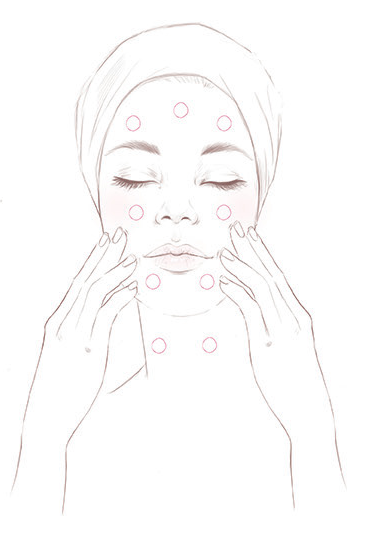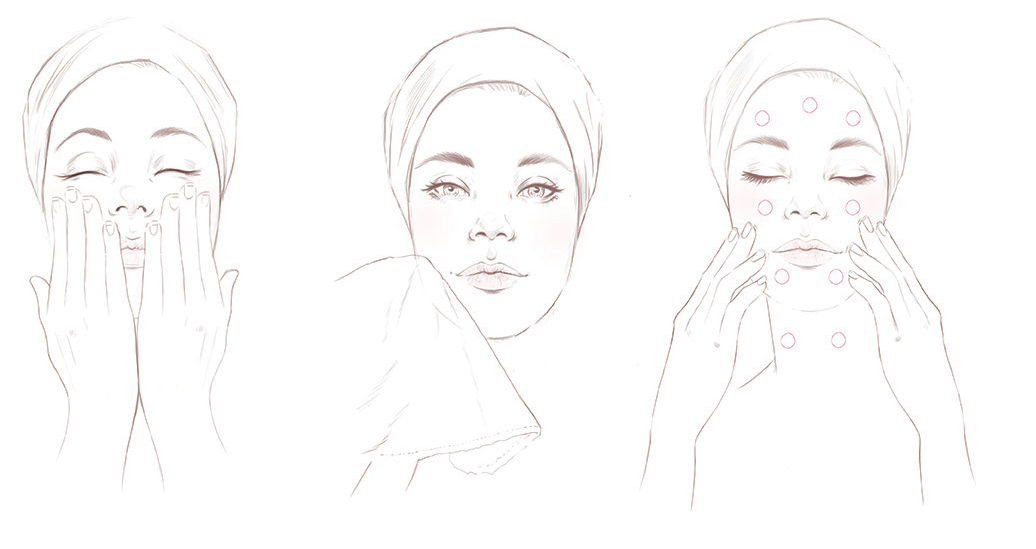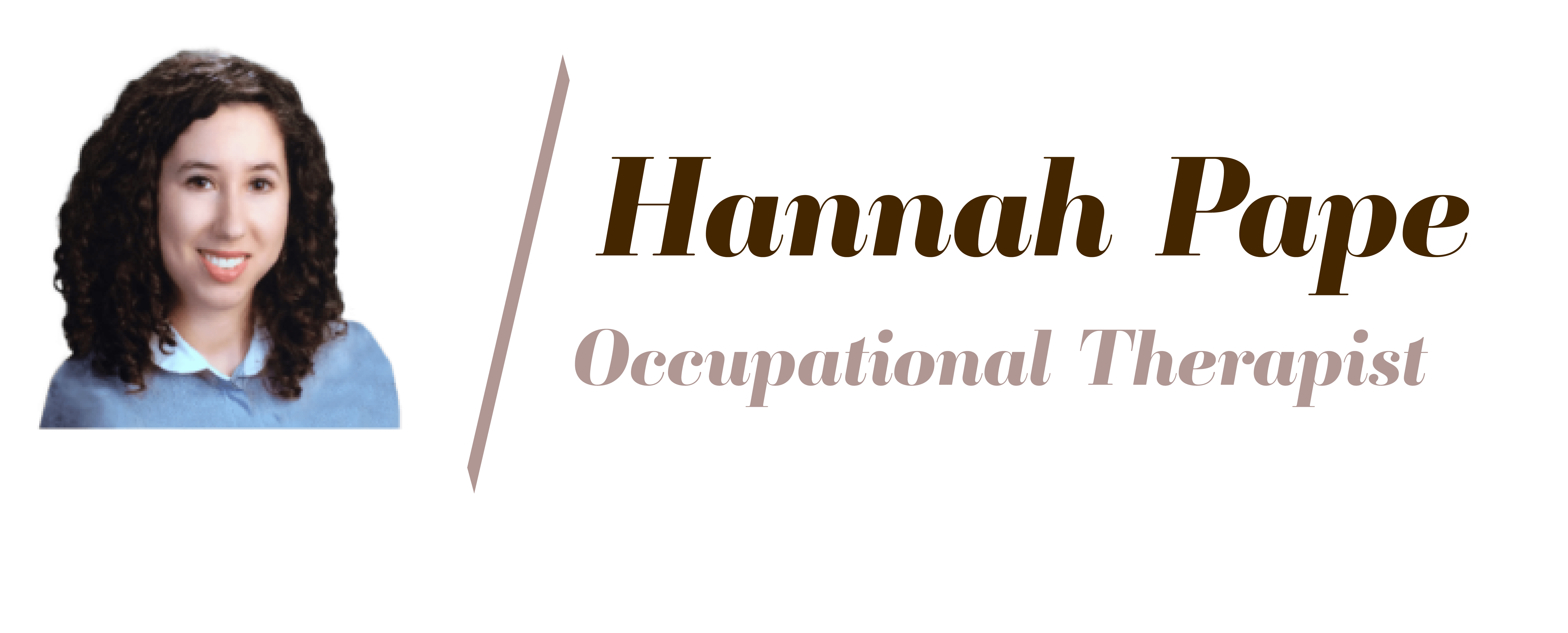
Stress and Self-Care
Happy Self-Care Week! To acknowledge this week, in this article you will learn about self-care and how we can use it as a tool to help manage stress.

Stress is a state of emotional or mental strain resulting from difficult or very demanding circumstances. In small doses, stress can actually be beneficial. For example, it can help motivate us to work hard on a project. On the other hand, too much stress, especially over the long term, can negatively impact our physical and mental health. It is important to first recognize how you may be impacted by stress. Here are some possible signs of stress:
Physical signs: Rapid heartbeat, muscle tightness especially in the neck and shoulders, headaches, and fatigue.
Mental signs: Racing thoughts, difficulty concentrating, difficulty remembering things.
Emotional signs: Restlessness, anxiety, depression, easily irritated, anger, feeling overwhelmed.
Behavioural signs: Eat more or less, sleep too much or too little, nervous habits like nail-biting, losing your temper, overreacting to unexpected problems.
Self-care in today’s mainstream media is often associated with pampering yourself, such as taking a bubble bath, lighting candles, or going to a nail salon. However, self-care is actually more basic than that and does not have to involve spending a lot of money. Self-care is making a conscious effort to take care of your physical, mental, and emotional health.
Once you learn to recognize how stress may be impacting your health, the next step is to think of ways to help manage your stress that directly target those areas of your health. Some ideas are included in the next few paragraphs.
While we may not realize it at first, we may be able to exert some control over the situation that is causing us stress. In these cases, we can use problem-solving strategies, make behavioural changes, or speak with someone about the situation.





